 By Deepu George February 12, 2025
min read
By Deepu George February 12, 2025
min readHow to integrate wearable devices to a healthcare app?

In today’s rapidly evolving digital healthcare landscape, manufacturers of wearable medical devices are at the forefront of innovation. The demand for seamless integration between wearable devices and healthcare apps has never been higher, offering an opportunity for device manufacturers to provide cutting-edge solutions to healthcare providers, insurance companies, and wellness platforms.
Imagine a scenario where a healthcare wearable manufacturer delivers smartwatches, ECG monitors, or biosensors that automatically sync patient data with an advanced healthcare app. This integration enables healthcare professionals to monitor real-time health data, providing proactive care and improving patient outcomes.
But how can wearable device manufacturers ensure their wearable devices in healthcare are seamlessly integrated with a robust healthcare app? Let’s explore the key strategies and considerations.
What Are Wearable Devices in Healthcare?
Wearable healthcare devices are smart gadgets embedded with sensors that monitor and track health parameters in real time. These devices include:
- Smartwatches: Track heart rate, activity levels, and sleep patterns.
- Blood Pressure Monitors: Provide continuous BP readings for hypertension management.
- Fitness Trackers: Record steps, calories, and exercise intensity.
- Medical Sensors: Monitor oxygen saturation (SpO2), glucose levels, and other vitals.
- Electrocardiogram (ECG) Monitors: Detect heart abnormalities in real time.
- Biosensors: Measure body temperature, hydration levels, and stress levels.
- Glucose Meters: Offer non-invasive blood sugar tracking for diabetes management.
As manufacturers develop these devices, seamless integration with healthcare apps is crucial for expanding market reach and enhancing their product’s value proposition.
How To Integrate Wearable Devices into Healthcare Apps?
For wearable device manufacturers looking to provide a healthcare app along with their product, the following steps ensure a smooth integration process:
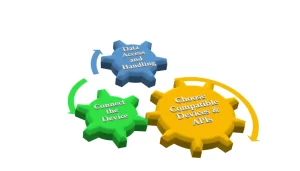
Step 1: Select the Right APIs and Data Protocols
To enable real-time health monitoring, manufacturers must ensure their wearable devices support industry-standard APIs and protocols for seamless data exchange. These include:
- Software Development Kit (SDK): Integrating device SDKs enables seamless functionality and accelerates development.
- Device-Specific APIs (Garmin, Fitbit, Samsung Health, etc.) – To access proprietary health data.
- FHIR (Fast Healthcare Interoperability Resources) & HL7 Protocols – For integration with Electronic Health Records (EHR).
- IoMT (Internet of Medical Things) Connectivity – For cloud-based data synchronization.
Ensuring compatibility with these platforms increases the device’s usability and market reach.
Step 2: Enable Secure Connectivity & Data Transmission
A well-integrated healthcare app should establish a seamless connection with wearable devices via:
- Bluetooth Low Energy (BLE) – Ensures power-efficient data transfer.
- Wi-Fi or Cellular Data – Enables real-time monitoring for remote patients.
- MQTT & WebSockets – For continuous data streaming with minimal latency.
Manufacturers must implement encryption techniques such as AES-256 and TLS protocols to protect sensitive health data during transmission.
Step 3: Implement Efficient Data Processing & Storage
To enhance device performance and improve battery efficiency, manufacturers should:
- Use SQLite for Local Storage – Allows users to access their health data without an internet connection.
- Cloud Storage Integration – Ensures seamless data backup and synchronization.
- Data Compression and Noise Filtering – Reduces bandwidth usage and ensures accurate health readings.
Optimized data handling techniques will improve device efficiency and user experience.
Step 4: Ensure Regulatory Compliance & Security Measures
Compliance with global healthcare regulations is essential for market acceptance. Manufacturers must ensure that their wearable devices and healthcare apps adhere to the following:
- HIPAA (Health Insurance Portability and Accountability Act) – For secure handling of patient data in the U.S.
- GDPR (General Data Protection Regulation) – For compliance with European privacy laws.
- ISO 13485 Certification – Ensures quality management for medical devices.
- FDA & CE Marking – For regulatory approval in key markets.
A well-secured and compliant healthcare app increases trust and credibility among healthcare providers and patients.
Key Benefits of Wearable Device Integration with Healthcare Apps
By integrating wearable devices in healthcare with qualified healthcare applications, manufacturers can offer enhanced functionalities such as:
- Extended Battery Life: Extended battery life is achieved by offloading major computational tasks to the mobile application.
- Real-time Notifications and Alerts: Provides instant updates on critical health parameters.
- User Customization: Personalized dashboards for different user needs.
- Firmware Updates and Remote Management: Ensures devices remain updated and secure.
- AI-driven Health Insights: Machine learning algorithms for predictive analytics and risk assessments.
- Improved Device Performance: Optimized software-hardware integration for accuracy and efficiency.
Why Choose Fortunesoft for Healthcare App Development?
FortuneSoft IT Innovations specializes in healthcare app development tailored for wearable device manufacturers. We offer:
- Seamless API and SDK Integration – Ensuring effortless connectivity between wearable devices and healthcare apps.
- IoMT and Cloud Computing Solutions – Facilitating secure data synchronization and analytics.
- Advanced AI and Machine Learning Capabilities – Providing predictive health insights and risk assessment.
- Regulatory-Compliant Development – Adhering to HIPAA, GDPR, and FDA standards.
- Custom UX/UI Design – Enhancing user engagement with intuitive app interfaces.
With our expertise in wearable technology in healthcare integration, Fortunesoft ensures manufacturers can deliver high-performing, scalable, and secure healthcare solutions.
Final Thoughts
For wearable device manufacturers, the future of healthcare lies in high-quality mobile healthcare applications. Bottom of Form By leveraging advanced connectivity, AI-driven analytics, and regulatory compliance, manufacturers can enhance their device offerings and expand their market reach.
With Fortunesoft as your healthcare app development partner, you can transform your wearable technology in healthcare into a powerful, data-driven healthcare solution.
Partner with us today to revolutionize healthcare with next-gen wearable devices and intelligent healthcare apps!
Author Bio


 Facebook
Facebook Whatsapp
Whatsapp LinkedIn
LinkedIn Pinterest
Pinterest





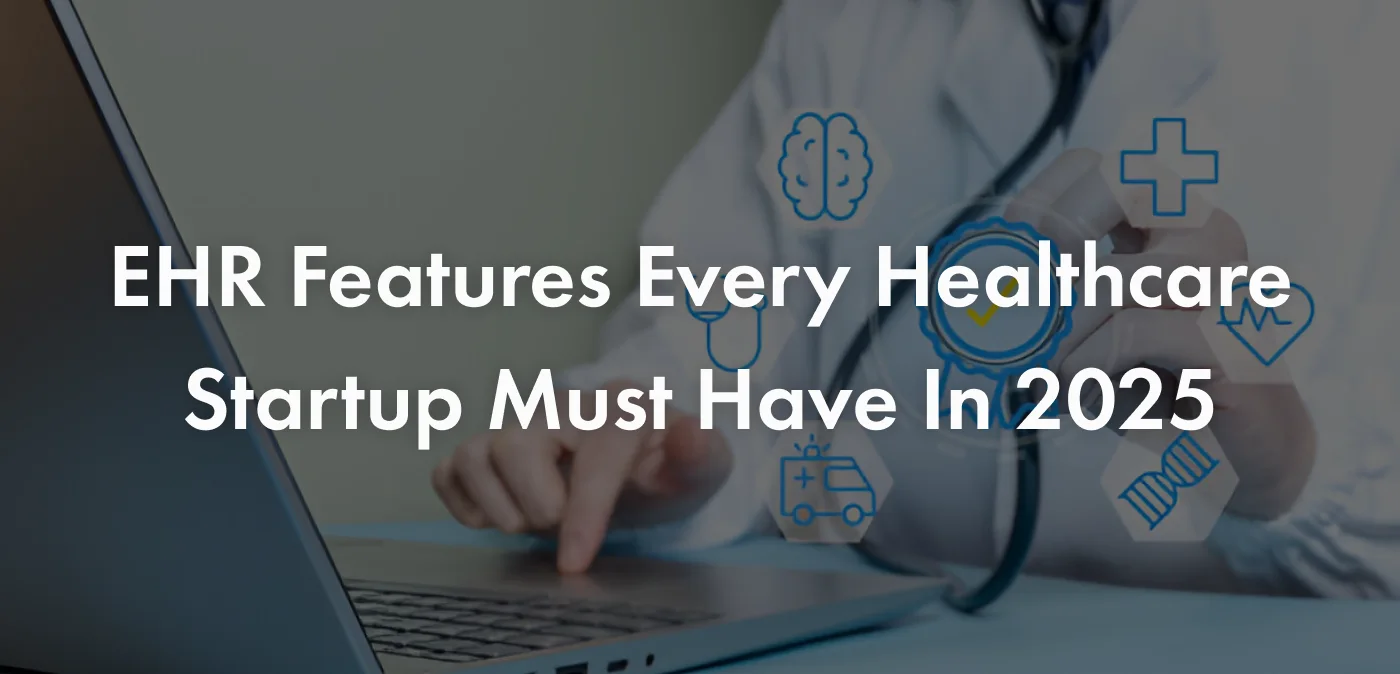

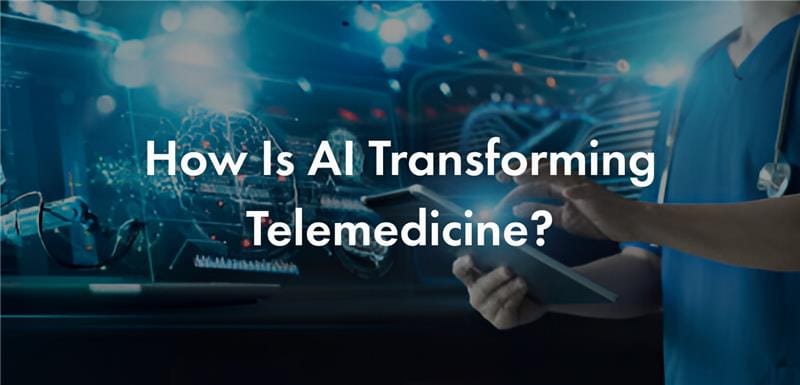
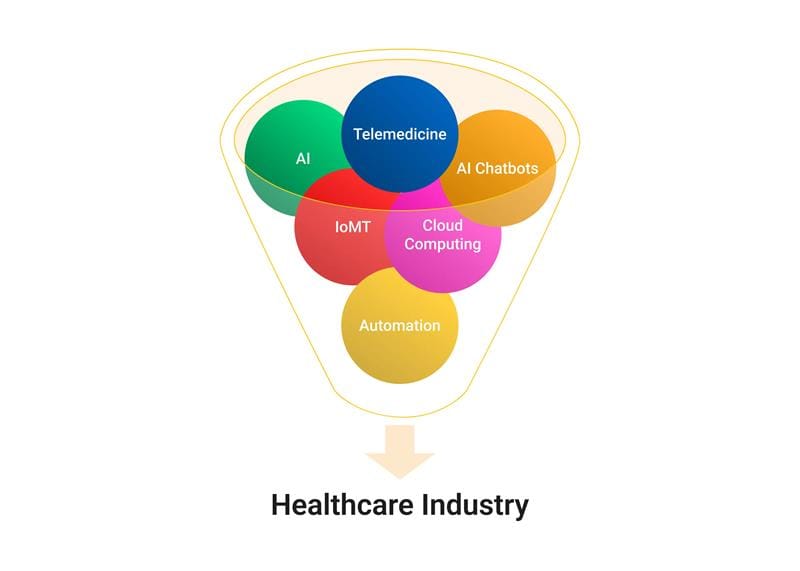
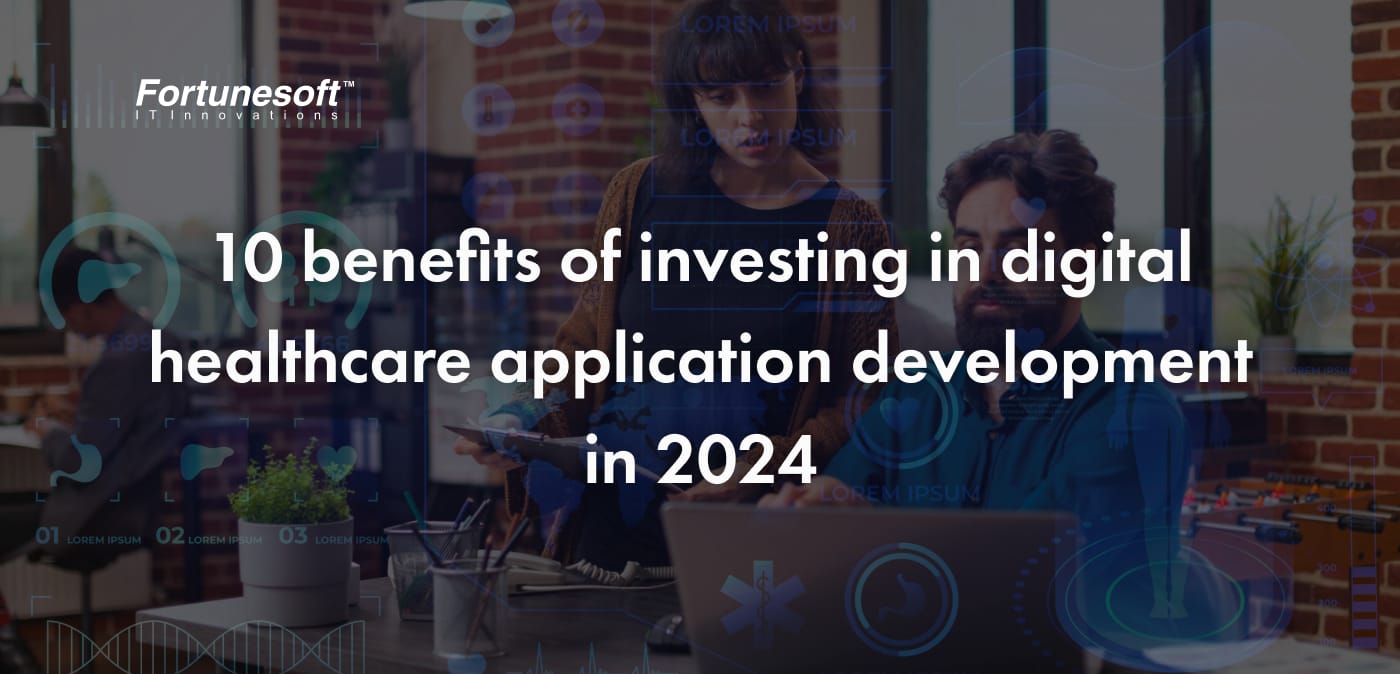
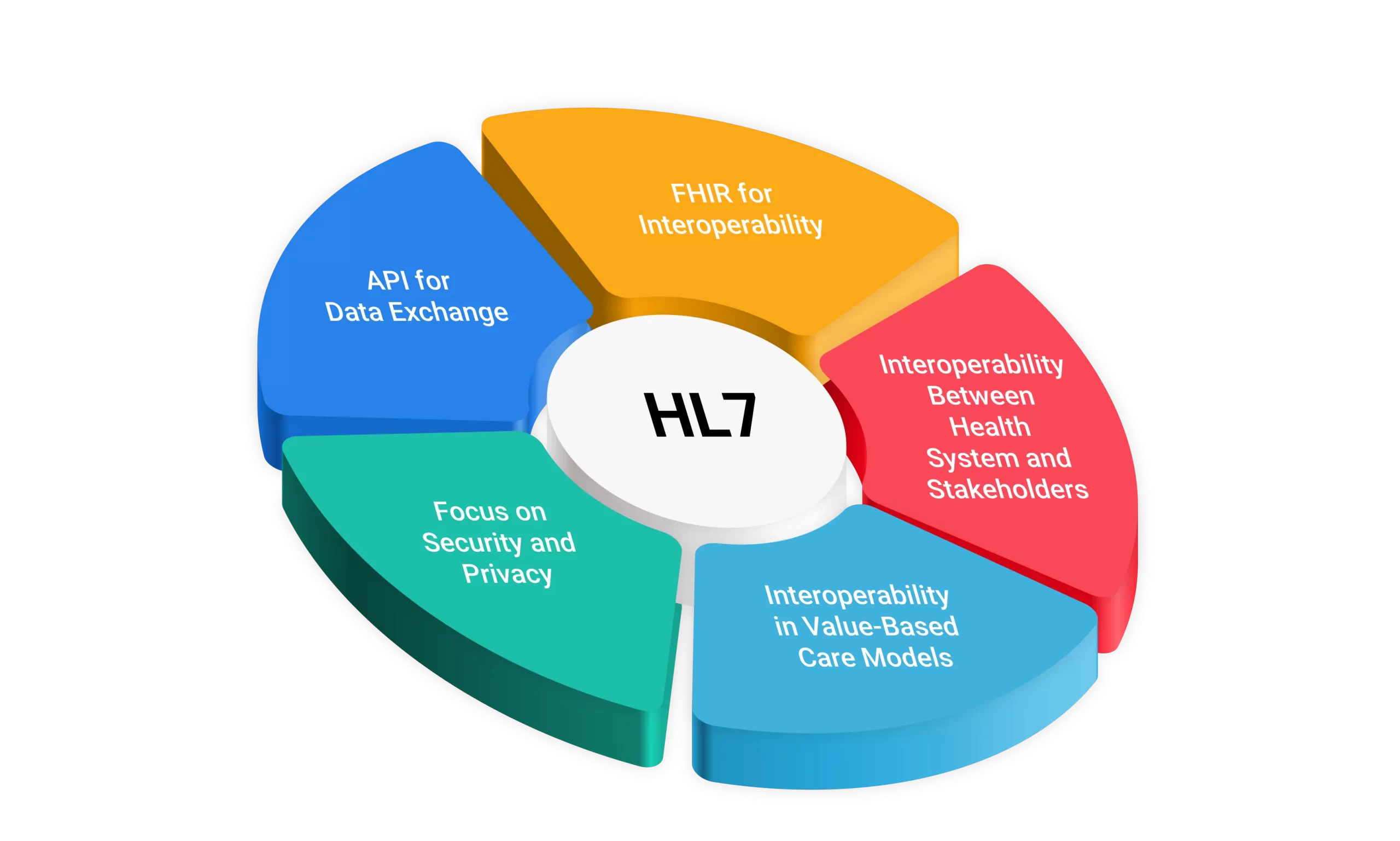

 Start Chat
Start Chat